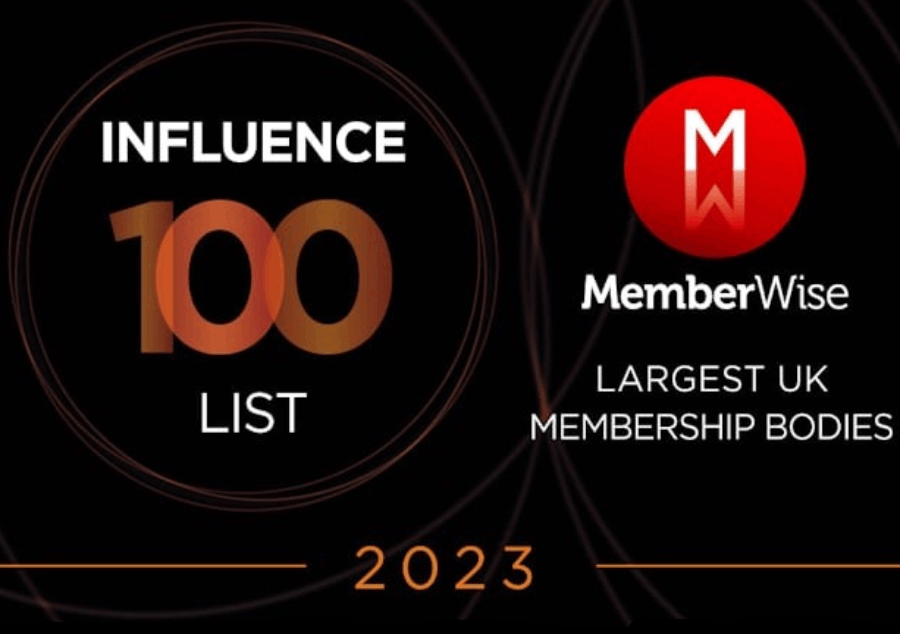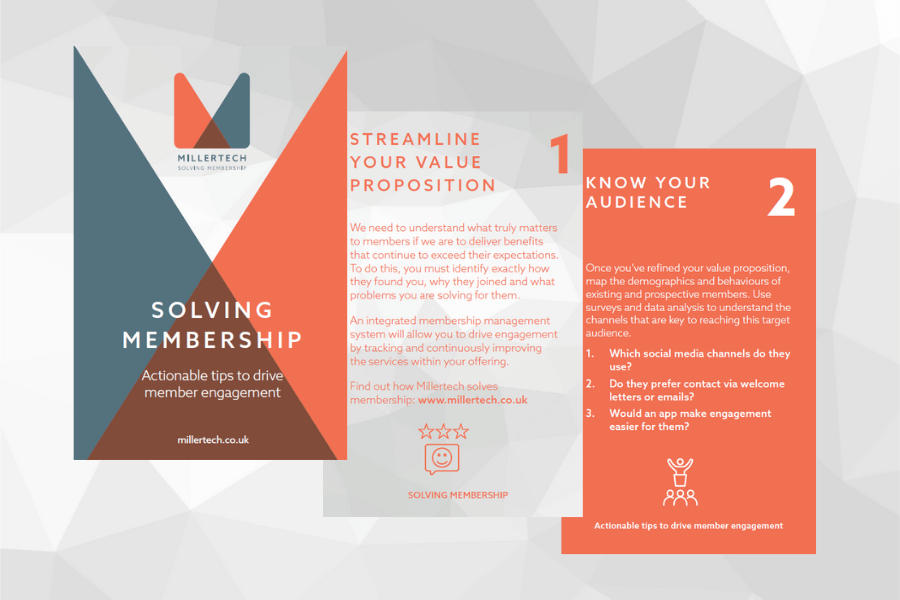A relatively simple communication campaign can operate across multiple priorities to drive retention.
To do this, we must identify the four key elements (Segments, Channels, Measurement and Follow-up) within this (or any) successful campaign and dig much deeper into each these services. Do members see all the value being provided and are they satisfied that it represents a good return for their subscriptions? This article will speak about the first element – segments.
Segments
The better we know our audience, the more effectively we can communicate with them. While this sounds obvious, it is easy to interpret as a blanket statement whereas the nuance holds the real value.
Primarily, segments should be tailored to your organisation and never applied as a “one size fits all” approach. We can still consider headline segments such as highly engaged or disengaged members but must also include more tactical segments beneath them. This might include new joiners or those members that choose to pay via direct debit. We should use data to both define why a member falls into a particular segment and to add further distinctions based upon logical factors such as age range or location.
The most commonly used type of segmentation is based upon demographic and preference data. These types of simple analytics tell us whether a person is a current member, if they’re willing to receive emails and so on. They are the starting point for all membership organisations.
Communication data provides another segmentation opportunity. This is extracted by analysing how members have reacted in the past to your communication and marketing efforts. For example, which type of communication did they open most often and most quickly. It can also be helpful to examine whether this data matches the detail they provided when setting up their preferences.
This question leads us into the most powerful area of behavioural data. Here we look at the ways each member interacted with the value proposition your organisation believes it offers. We look at what meetings they attended, which learning products they enquired about or undertook, and we analyse which parts of the website prompted what type of action from them.
Don’t be happy with preference data as the bare minimum. If people aren’t using your services, they won’t see the value in them, so we should always segment on a behavioural basis if we want to solve these types of issues.” – Steve Shiels, Millertech Head of Product
A good CRM or association management system will collect and hold more data and provide the analytics you need for setting strategy. But using the systems you have to their fullest is vital.
For example, if people are stuck in their joining journey but you’re using a PDF to sign them up rather than an integrated online system, you have no way to collect and learn from any behaviours. Your ability to solve their issue is limited solely to situations where they decide to ask for your help.
You can read more in our latest eBook.



























